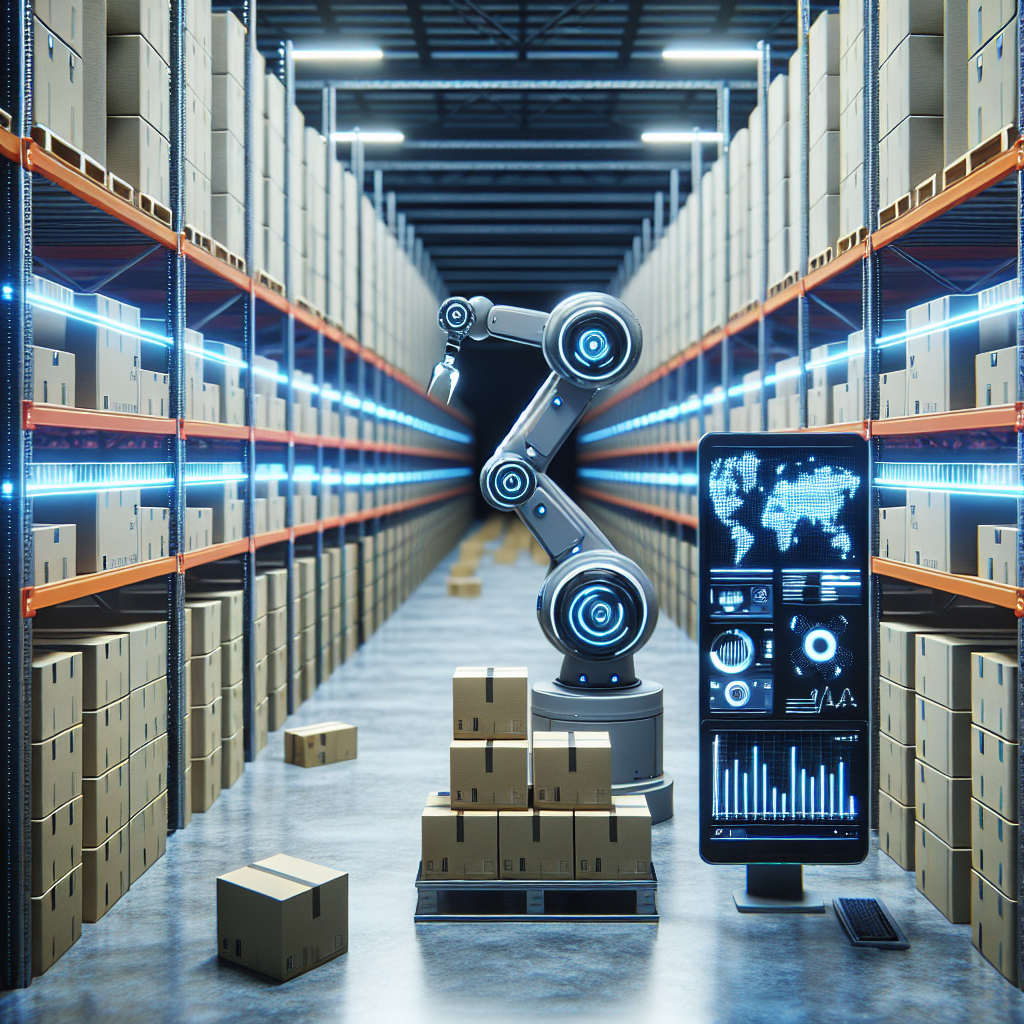In recent years, the use of artificial intelligence (AI) in warehouse management has become increasingly popular as companies look for ways to improve efficiency and streamline operations. AI has the potential to revolutionize the way warehouses are managed, making them more efficient, cost-effective, and agile. In this article, we will explore how AI can be used to improve warehouse efficiency and inventory management, as well as address some common questions about the technology.
AI in Warehouse Management
AI is a powerful tool that can help warehouses optimize their operations by analyzing data, predicting trends, and automating tasks. By using AI algorithms, warehouses can make better decisions in real-time, reducing errors, and improving overall efficiency.
One of the key ways AI can improve warehouse efficiency is through predictive analytics. By analyzing historical data and trends, AI can predict future demand for products, allowing warehouses to better plan inventory levels and reduce stockouts. This can help warehouses optimize their storage space, reduce carrying costs, and improve customer satisfaction.
AI can also help warehouses streamline their operations by automating routine tasks. For example, AI-powered robots can be used to move inventory around the warehouse, reducing the need for manual labor and increasing efficiency. Similarly, AI algorithms can be used to optimize picking and packing processes, reducing errors and improving order fulfillment times.
Another way AI can improve warehouse efficiency is through predictive maintenance. By analyzing data from sensors and equipment, AI can predict when machines are likely to fail and schedule maintenance before a breakdown occurs. This can help warehouses reduce downtime, increase equipment lifespan, and save on maintenance costs.
AI in Inventory Management
In addition to improving warehouse efficiency, AI can also help warehouses better manage their inventory. By using AI algorithms to analyze data, warehouses can optimize their inventory levels, reduce carrying costs, and improve order fulfillment times.
One way AI can improve inventory management is through demand forecasting. By analyzing historical sales data, market trends, and other factors, AI can predict future demand for products with a high degree of accuracy. This can help warehouses better plan their inventory levels, reduce stockouts, and improve customer satisfaction.
AI can also help warehouses optimize their inventory placement. By analyzing data on sales patterns, order frequencies, and other factors, AI can recommend the best locations for storing products within the warehouse. This can help warehouses reduce travel times, improve picking efficiency, and maximize storage space.
Another way AI can improve inventory management is through dynamic pricing. By analyzing market trends, competitor pricing, and other factors, AI can recommend optimal pricing strategies for products. This can help warehouses maximize profits, reduce excess inventory, and improve overall financial performance.
FAQs
Q: How can AI help warehouses reduce errors in inventory management?
A: AI can help warehouses reduce errors in inventory management by automating routine tasks, such as picking and packing, and by analyzing data to identify potential issues before they occur. By using AI algorithms to optimize inventory levels, warehouses can also reduce stockouts and improve order fulfillment times.
Q: What are some examples of AI-powered warehouse management systems?
A: There are many companies that offer AI-powered warehouse management systems, such as Locus Robotics, 6 River Systems, and GreyOrange. These systems use AI algorithms to optimize warehouse operations, improve efficiency, and reduce costs.
Q: How can warehouses implement AI in their operations?
A: Warehouses can implement AI in their operations by investing in AI-powered warehouse management systems, hiring data scientists and AI experts, and training staff on how to use AI technologies. By partnering with AI vendors and investing in AI research and development, warehouses can stay ahead of the curve and improve their operations.
In conclusion, AI has the potential to revolutionize warehouse management by improving efficiency, reducing errors, and optimizing inventory levels. By using AI algorithms to analyze data, predict trends, and automate tasks, warehouses can streamline their operations, reduce costs, and improve customer satisfaction. With the right investment and strategy, AI can help warehouses stay competitive in today’s fast-paced business environment.

